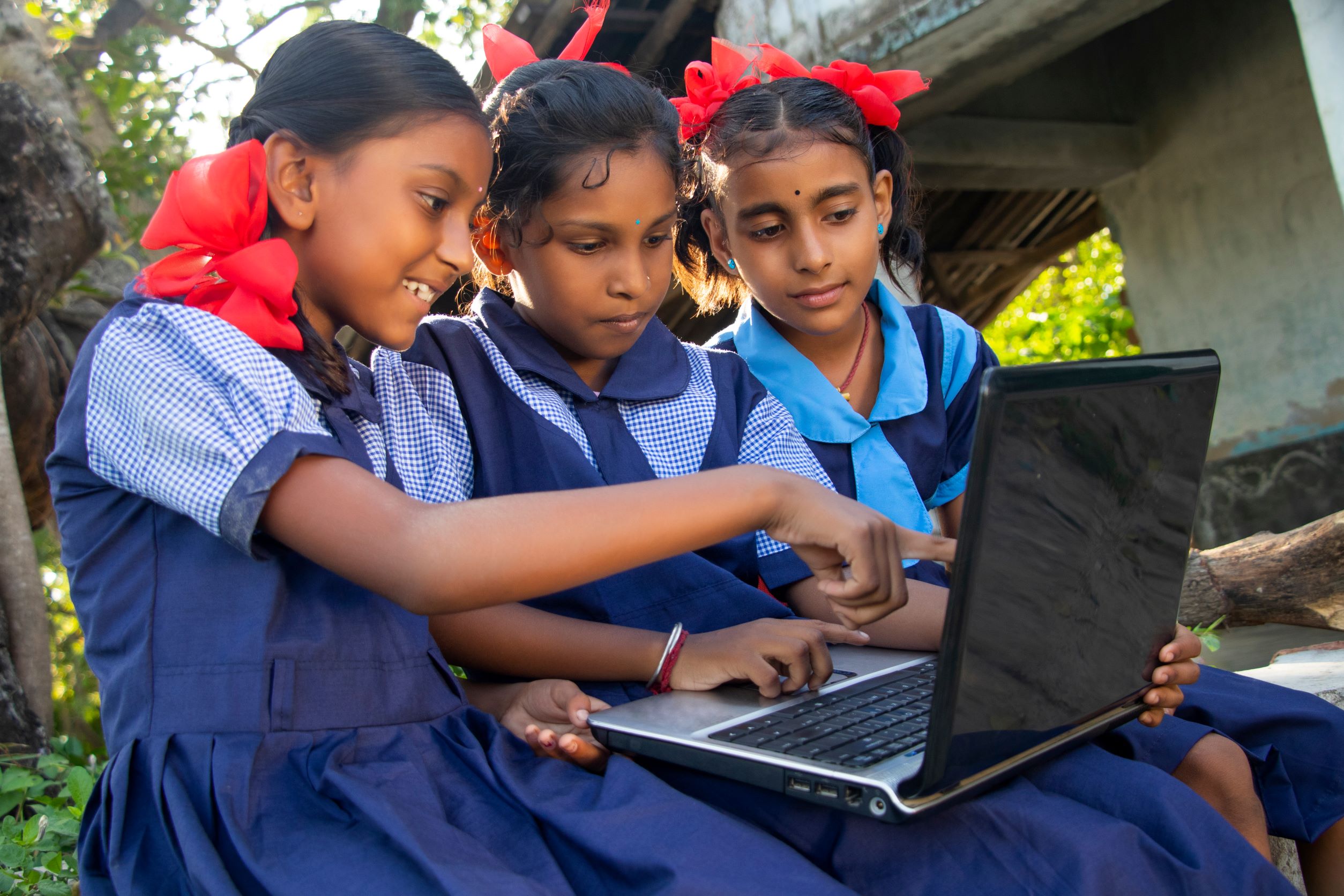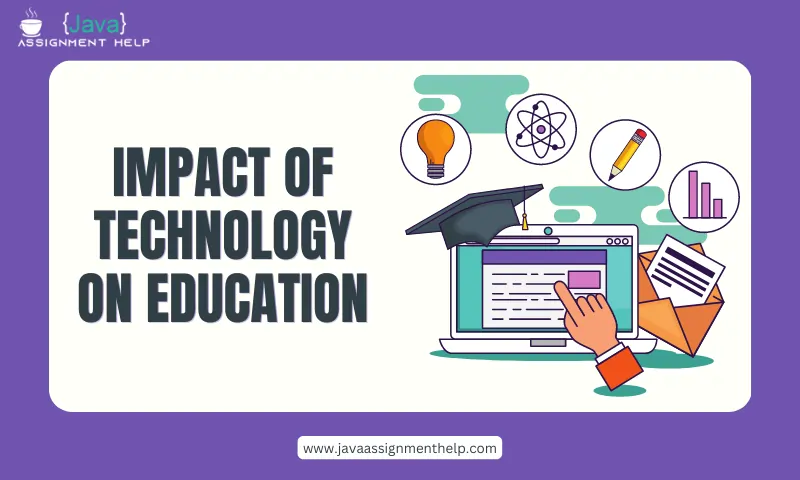Special education students often face unique challenges in the classroom, including social, emotional, and academic difficulties. Creating a positive learning environment is essential to support the needs of these students and promote their success.
Here are some strategies for creating a positive learning environment for special education students:
Build positive relationships: Building positive relationships with special education students is essential to creating a positive learning environment. Teachers can build relationships with students by showing interest in their lives, listening to their concerns, and providing positive feedback.
Provide a safe and supportive environment: Special education students may face social, emotional, and academic challenges that can make them feel unsafe or unsupported in the classroom. Teachers can create a safe and supportive environment by providing clear expectations, positive reinforcement, and a structured learning environment.
Use positive reinforcement: Positive reinforcement is a powerful tool for promoting positive behavior in special education students. Teachers can use positive reinforcement to acknowledge and reward students for positive behavior, such as following classroom rules or completing assignments.
Implement accommodations and modifications: Accommodations and modifications can help special education students to succeed academically and socially. Teachers can work with students and their families to identify appropriate accommodations and modifications that meet their individual needs.
Promote social and emotional learning: Social and emotional learning can help special education students to develop important social and emotional skills, such as self-awareness, self-management, social awareness, relationship skills, and responsible decision-making. Teachers can promote social and emotional learning by incorporating activities and lessons that support these skills into their classroom instruction.
Encourage peer support: Peer support can be a valuable resource for special education students. Teachers can encourage peer support by incorporating cooperative learning activities and promoting positive peer interactions.
Foster a growth mindset: A growth mindset is the belief that intelligence and abilities can be developed through hard work, dedication, and perseverance. Teachers can foster a growth mindset in special education students by encouraging them to view mistakes as opportunities for learning and emphasizing the importance of effort and perseverance.
Creating a positive learning environment for special education students requires a commitment to understanding and addressing the unique needs of these students. By building positive relationships, providing a safe and supportive environment, using positive reinforcement, implementing accommodations and modifications, promoting social and emotional learning, encouraging peer support, and fostering a growth mindset, teachers can create a positive learning environment that supports the needs of all students.




